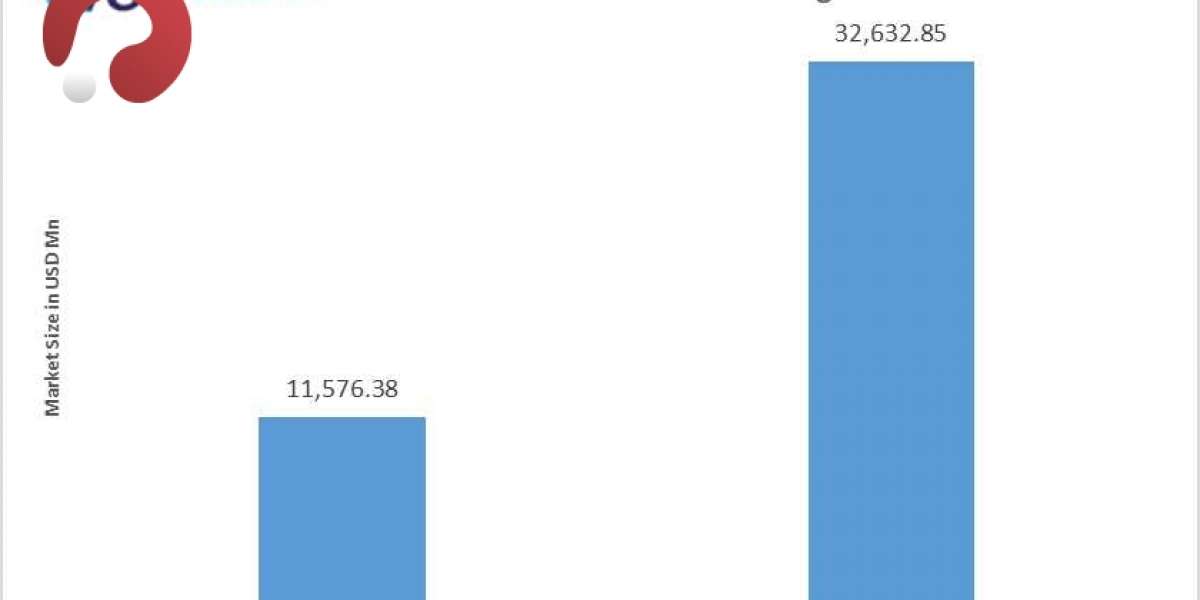Antimicrobial Coatings Market: A Growing Trend in Modern Industries
The antimicrobial coatings market is experiencing significant growth, driven by increased awareness of the importance of hygiene, health, and cleanliness across a wide range of industries. From healthcare facilities to food processing plants and consumer electronics, antimicrobial coatings are being utilized to protect surfaces from harmful microorganisms such as bacteria, viruses, fungi, and mold. These coatings not only help in reducing the spread of infections but also improve the durability and longevity of various products and surfaces. In this blog, we will explore the current trends, market drivers, and key applications of antimicrobial coatings.
Request For Sample Copy:
https://wemarketresearch.com/reports/request-free-sample-pdf/antimicrobial-coatings-market/1582
What Are Antimicrobial Coatings?
Antimicrobial coatings are specialized surface treatments designed to prevent the growth of microorganisms like bacteria, fungi, and viruses. These coatings contain antimicrobial agents or additives, such as silver, copper, or organic compounds, which inhibit the growth and reproduction of harmful microbes on surfaces. As a result, surfaces treated with antimicrobial coatings are more resistant to stains, odors, and corrosion caused by microorganisms.
These coatings are commonly used on high-touch surfaces, where the potential for cross-contamination and microbial transmission is high. In addition to providing a protective barrier, antimicrobial coatings offer benefits like easy cleaning, enhanced aesthetics, and improved durability, making them a valuable solution in various industries.
Key Drivers Fueling the Growth of the Antimicrobial Coatings Market
Several factors are driving the rapid growth of the antimicrobial coatings market. Let's take a closer look at the key drivers:
1. Increasing Demand for Hygiene and Infection Control
The global emphasis on hygiene and infection control, particularly in the wake of the COVID-19 pandemic, has led to a surge in demand for antimicrobial coatings. Healthcare facilities, educational institutions, transportation systems, and public spaces are increasingly adopting antimicrobial treatments to reduce the risk of contamination and protect people from harmful microorganisms. This growing awareness around hygiene and public health has significantly boosted the demand for antimicrobial coatings.
2. Rising Concerns Over Healthcare-Associated Infections (HAIs)
Healthcare-associated infections (HAIs) remain a major concern in hospitals and healthcare settings worldwide. Antimicrobial coatings are increasingly being used on medical equipment, hospital furniture, and surgical instruments to reduce the transmission of infections. The rising prevalence of HAIs, coupled with the growing focus on improving hospital safety, has accelerated the adoption of antimicrobial coatings in the healthcare sector.
3. Advancements in Nanotechnology
Nanotechnology has played a pivotal role in the development of more effective and durable antimicrobial coatings. Nanomaterials like silver nanoparticles, titanium dioxide, and zinc oxide have demonstrated superior antimicrobial properties, which are being incorporated into coatings for a range of applications. These innovations are enhancing the effectiveness of antimicrobial coatings and opening up new opportunities for their use in diverse industries.
4. Growing Awareness in the Consumer Electronics Industry
Consumer electronics are another major sector driving the demand for antimicrobial coatings. With smartphones, tablets, and other devices becoming integral to daily life, the need to protect these devices from bacteria, viruses, and other pathogens is increasing. Antimicrobial coatings are being used on screens, keyboards, and other high-touch surfaces to prevent the growth of harmful microorganisms and maintain product hygiene.
5. Stricter Regulations and Standards
Governments and regulatory bodies are increasingly introducing stringent hygiene standards across industries such as healthcare, food processing, and hospitality. For instance, the U.S. Food and Drug Administration (FDA) and European Union (EU) have set guidelines for antimicrobial materials used in medical devices. These regulations are further encouraging the adoption of antimicrobial coatings to meet compliance requirements and ensure safety.
Key Applications of Antimicrobial Coatings
Antimicrobial coatings are being applied in a wide range of industries. Some of the key sectors benefiting from these coatings include:
1. Healthcare
In healthcare environments, antimicrobial coatings are used to treat hospital surfaces, medical devices, and equipment. These coatings help in reducing the risk of infections caused by bacteria such as Staphylococcus aureus and Escherichia coli, which can thrive on surfaces. Antimicrobial coatings are also used on surgical instruments, ventilators, and patient room furniture to maintain sterile conditions and enhance patient safety.
2. Food Processing and Packaging
The food industry is another major sector adopting antimicrobial coatings to extend the shelf life of food products and ensure hygiene. Antimicrobial coatings are applied to food processing equipment, food packaging materials, and storage surfaces to prevent contamination and bacterial growth. These coatings help maintain food safety and reduce spoilage, thereby reducing food waste and improving overall product quality.
3. Construction and Building Materials
Antimicrobial coatings are increasingly being used on building materials such as paints, wall coatings, flooring, and textiles. These coatings help prevent the growth of mold, mildew, and other fungi, especially in areas with high humidity. By reducing microbial growth, antimicrobial coatings enhance the durability of building materials and maintain a cleaner, healthier environment.
4. Consumer Goods and Electronics
Antimicrobial coatings are commonly applied to high-touch surfaces of consumer goods, including smartphones, laptops, and other electronics. These coatings help reduce the accumulation of germs and bacteria on devices that are frequently handled, providing a cleaner, safer user experience. The growing demand for germ-free electronics is fueling the adoption of antimicrobial coatings in the consumer goods sector.
5. Textiles
Antimicrobial coatings are applied to textiles used in various industries, including clothing, bedding, and upholstery. These coatings help prevent the growth of bacteria and fungi, extending the life of textiles while reducing odors and improving comfort. In the fashion industry, antimicrobial treatments are also being used to enhance the functionality of activewear and sports apparel.
Challenges and Future Outlook
Despite the numerous benefits, the antimicrobial coatings market faces some challenges. The high cost of advanced antimicrobial materials, such as silver and copper, can limit adoption in certain industries. Additionally, concerns about the long-term effectiveness of these coatings and the potential development of microbial resistance are areas of ongoing research.
However, with continued advancements in material science and nanotechnology, the future of antimicrobial coatings looks promising. The market is expected to expand further as industries continue to recognize the value of antimicrobial solutions in promoting health, safety, and hygiene.
Conclusion
The antimicrobial coatings market is poised for substantial growth as industries across the globe embrace these coatings to improve hygiene, reduce infections, and enhance the longevity of surfaces. From healthcare to consumer electronics, the applications of antimicrobial coatings are vast and varied, providing solutions that help maintain cleaner, safer, and more durable environments. With increasing awareness, technological advancements, and growing regulatory requirements, the antimicrobial coatings market will continue to thrive in the coming years, making a significant impact on public health and safety.














